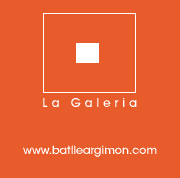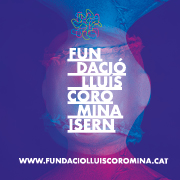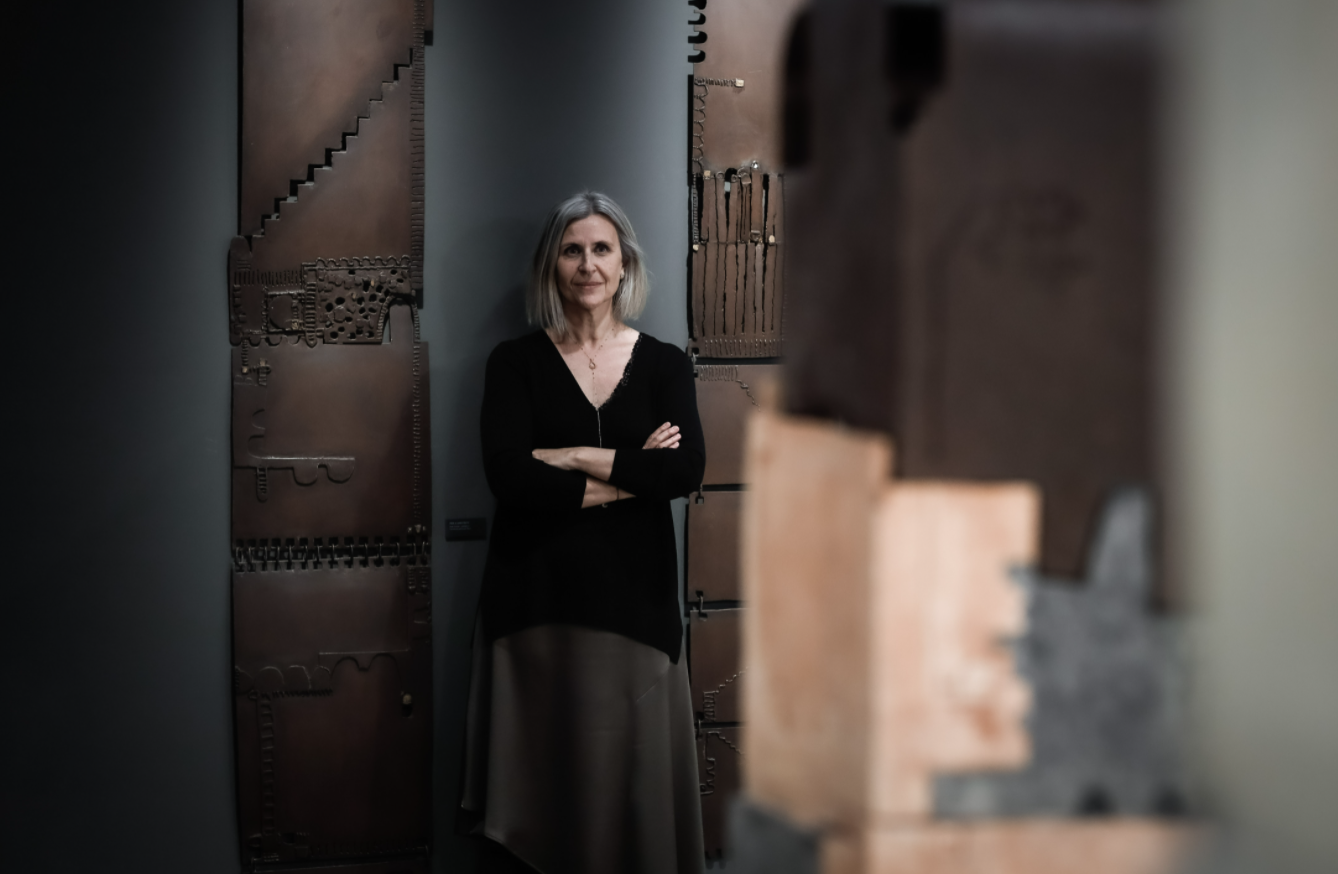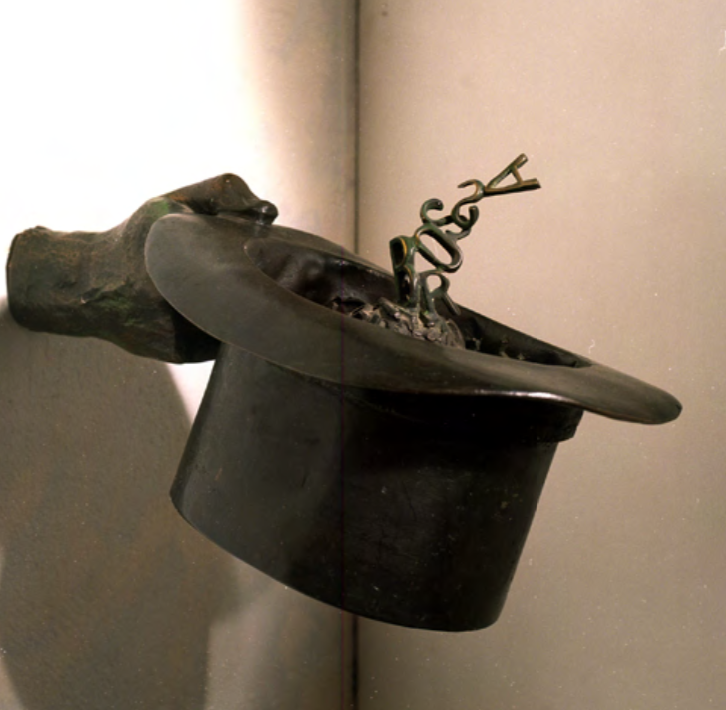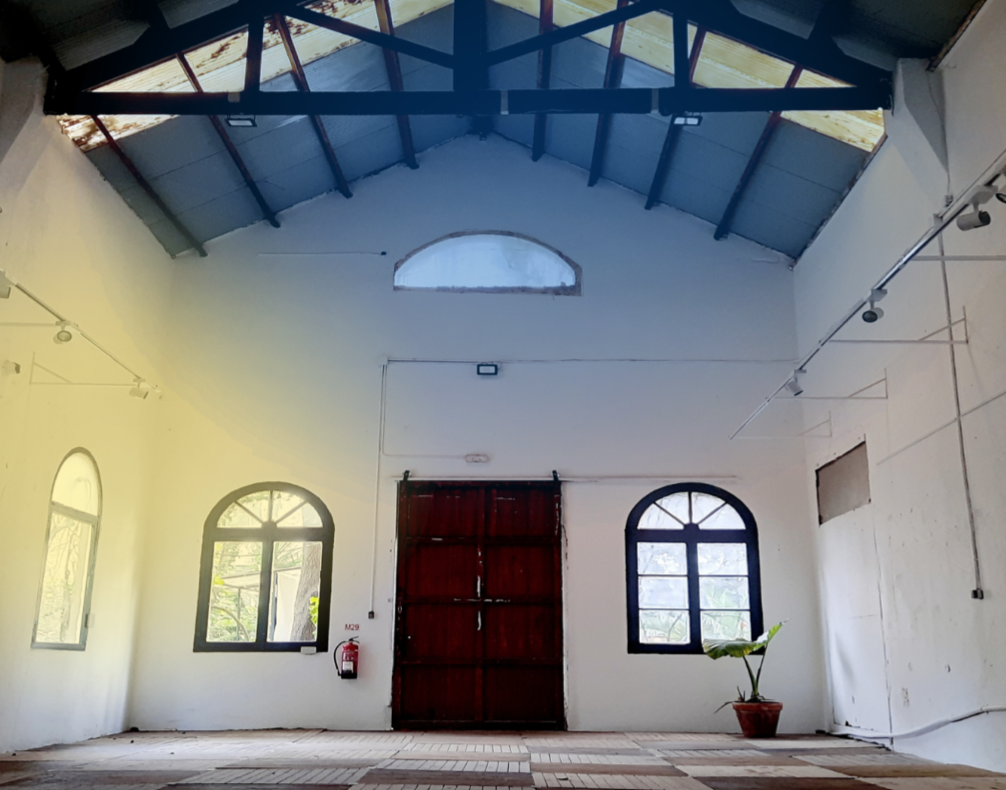Exhibitions
"Fornas. The Image of Catalonia in the 60's" at the Design Museum of Barcelona
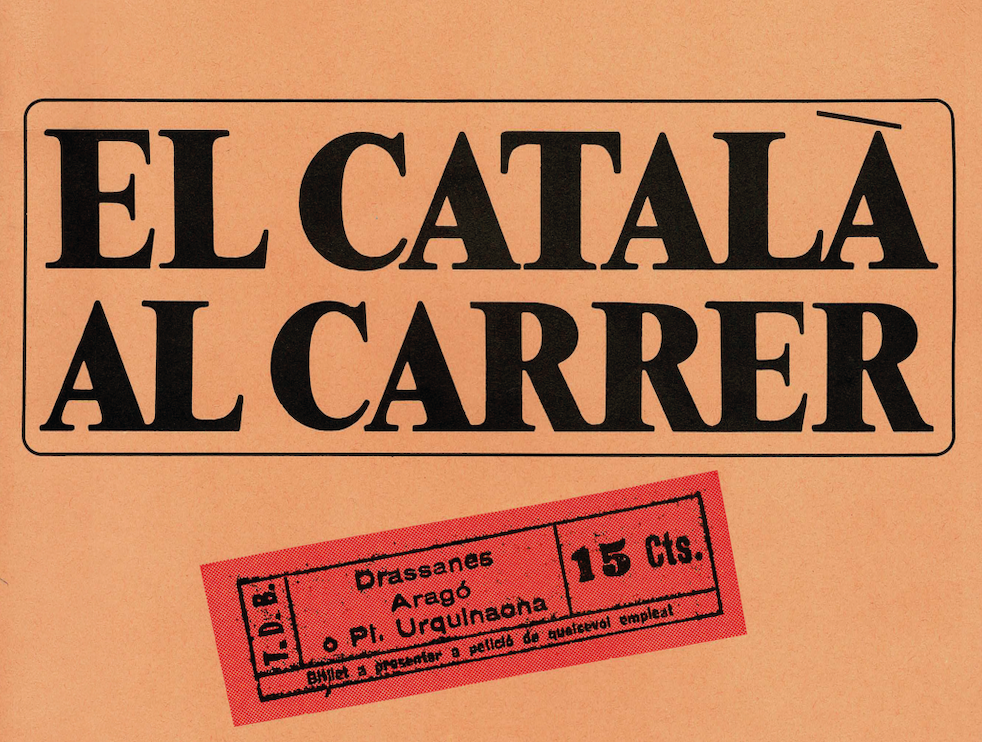
The Museu del Disseny de Barcelona presents the first retrospective of Jordi Fornas' graphic work, which takes place in the city of Barcelona from April 8 to July 24, 2022, entitled Fornas. The image of Catalonia in the 60's.
This exhibition has been organized by the Museu del Disseny and the Institut d'Estudis Ilerdencs and curated by Pau Llop, who addresses the work of this leading designer of Catalan culture and author of a large part of the graphic production of the second half of the twentieth century in the publishing and record sectors.
Trained at the Sant Jordi School of Fine Arts in Barcelona, he devoted himself entirely to pictorial and artistic production. In the early 1960s, he began to hold personal assignments and set aside painting to devote himself fully to graphic design. In this field, he achieved considerable prestige and recognition and was the architect of the design of some of the most important modern pillars of the cultural renaissance of the second half of the twentieth century, giving graphic identity to the new mass culture in Catalan. develop in Catalonia.
Thus, Fornas was responsible for the graphic image of great references in Catalan culture. In the publishing sector, his designs stand out for Edicions 62 (with collections such as La Cua de Palla, El Balancí, El Trapezi, etc.), as well as for the Gran Enciclopèdia Catalana, the magazine Serra d'Or and the Publications of the Abbey of Montserrat. In the record industry, he was responsible for the graphic image of the historic record label Edigsa and the album covers of a wide range of authors and performers of the 60s and 70s.
Fornas is a key protagonist in Catalan graphic design, because it is a link in a gear that revolutionized and modernized the Catalan culture of the sixties, and because it contributed to the change demanded by a society that wanted to break with the greyness of the Franco regime. . It was part of a historical moment and built, from graphic design, a new identity - as Raimon said - of a time and a country.
From 1975 a new stage opened, Fornas was at a peak of his career as a graphic designer. However, he was not satisfied with one of his great passions: his dedication to painting and the pursuit of freedom. Over time, Fornas withdrew from the social environment and, little by little, secluded himself in his creative and artistic world. Pictorial production increased considerably, in parallel with the decline in graphic production.
The Catalonia of the 60s and 70s
While on his side as a painter, Fornas conveys an exceptional colorist sensibility based on expressionism, his graphic work draws on British pop aesthetics, Swiss school design and, especially, French graphics. of the fifties. The fusion of all these influences is reflected in the resources and uses that make up one of the mainstays of what we call the Fornas style.
Jordi Fornas' graphic identity is defined by the sum of the type of graphic resources he used in his designs, the specific historical moment of Catalonia and the international culture of that time. Some of the resources that identify its design are the use of suggestive photographs, colors chosen with a clear art direction, and typographic compositions with graphic intent. It also highlights the graphic coherence in the design of the record and publishing collections, with a very similar design of the covers and back covers and interiors that followed a specific grid. Fornas's work is characterized by a personal graphic language that is different from the rest of the records and books of the time, which brought an avant-garde and European tone to the graphic field, and by a modern typographic use with dry wood typefaces. , Italic and Roman Italic, all composed with graphic intent.
The opening hours for this exhibition are from Tuesday to Sunday from 10 am to 8 pm. in the evening. The museum is closed to the public on Mondays.


